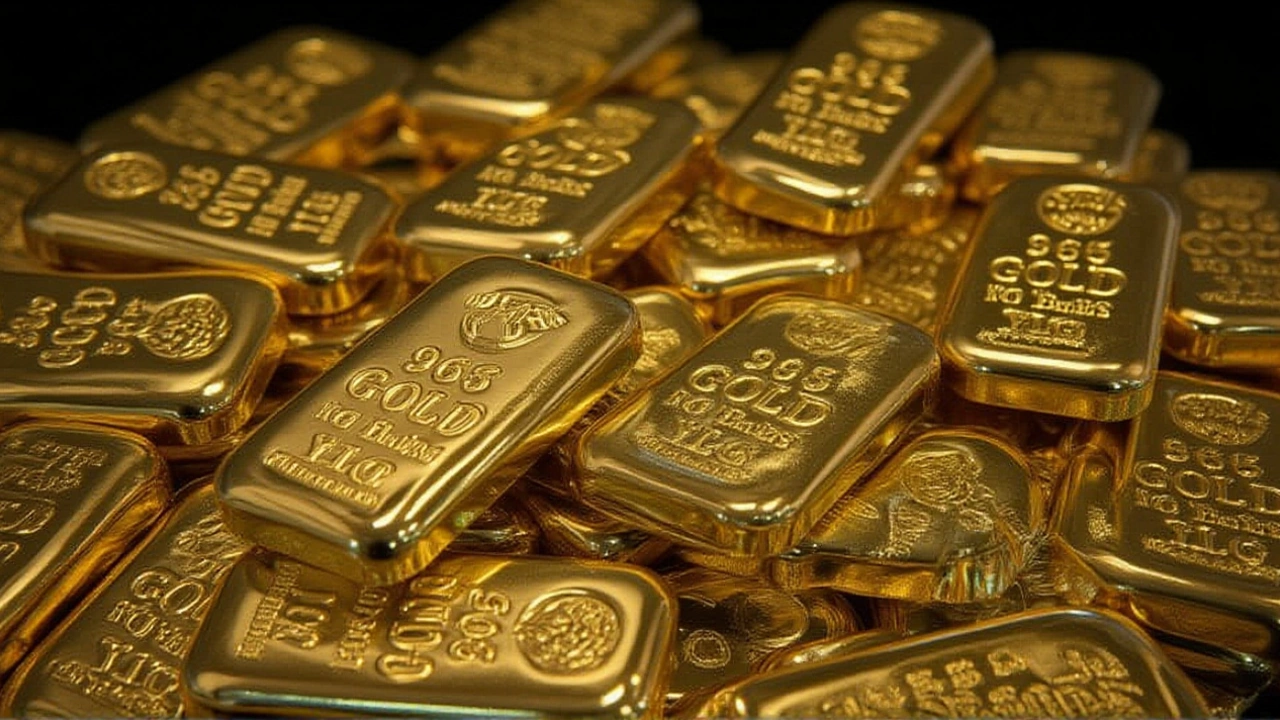Gold Rates: What Drives the Price and Why It Matters
Did you know India’s gold price jumps faster than a cricket over on a humid Delhi pitch? When talking about Gold Rates, the daily market price of 24‑carat gold per gram in Indian rupees, you’re really looking at a barometer for everything from jewellery buying to big‑ticket investments. Also called the gold price, it reflects how much buyers pay at the Reserve Bank of India, the central bank that sets import duties and monitors currency stability and how global markets react to economic news. In short, gold rates act like a financial thermometer, warming up when inflation climbs and cooling down when the rupee strengthens.
Understanding why gold rates swing involves a handful of key players. First, the Jewelry Market, the domestic demand from shoppers buying ornaments, especially during festivals like Diwali pumps up prices every time cultural buying spikes. Second, Inflation, the rise in general price levels that erodes purchasing power pushes investors toward gold as a safe haven, further nudging rates upward. Third, international factors—U.S. dollar strength, geopolitical tensions, and mining output—feed into the Indian price because the market imports most of its gold. When the dollar weakens, gold becomes cheaper abroad, and the RBI may lower import duties, causing a noticeable dip in local gold rates.
Keeping an eye on gold rates isn’t just for jewelers. If you’re planning a long‑term investment, the daily price tells you when to buy the dip and hold during highs. Historical data shows that a 5‑10% rise in gold rates often coincides with spikes in inflation, making gold a reliable hedge. Conversely, when the rupee appreciates against the dollar, gold rates tend to fall, offering a buying window for investors. By monitoring trends across the gold rates chart, you can align your portfolio with broader economic cycles rather than reacting to short‑term news.
Technology has made tracking gold rates easier than ever. Mobile apps, financial news portals, and even WhatsApp alerts now push real‑time price updates straight to your phone. Many platforms also provide historical graphs, helping you visualise long‑term patterns. Setting a price‑alert threshold—say, when gold drops below ₹5,000 per gram—lets you act quickly without checking the market every hour. This blend of data and convenience turns a once‑complex task into a simple daily habit.
Historically, India’s love affair with gold dates back centuries, from ancient temple offerings to today’s wedding rituals. Over the years, the RBI’s import policy, ranging from 100% duty to occasional waivers, has shaped how quickly gold rates respond to global shocks. For example, the 2020 pandemic saw a sharp increase in gold rates as investors fled equities, while the 2022 easing of import duties temporarily softened prices. Knowing these policy shifts helps you anticipate future movements and plan purchases accordingly.
Below you’ll find a curated list of articles that unpack the latest gold rate movements, explain how RBI decisions affect the market, and offer practical tips for both jewellery shoppers and investors. Whether you’re after a quick price check or a deeper dive into gold’s role in your financial strategy, this collection has you covered.
